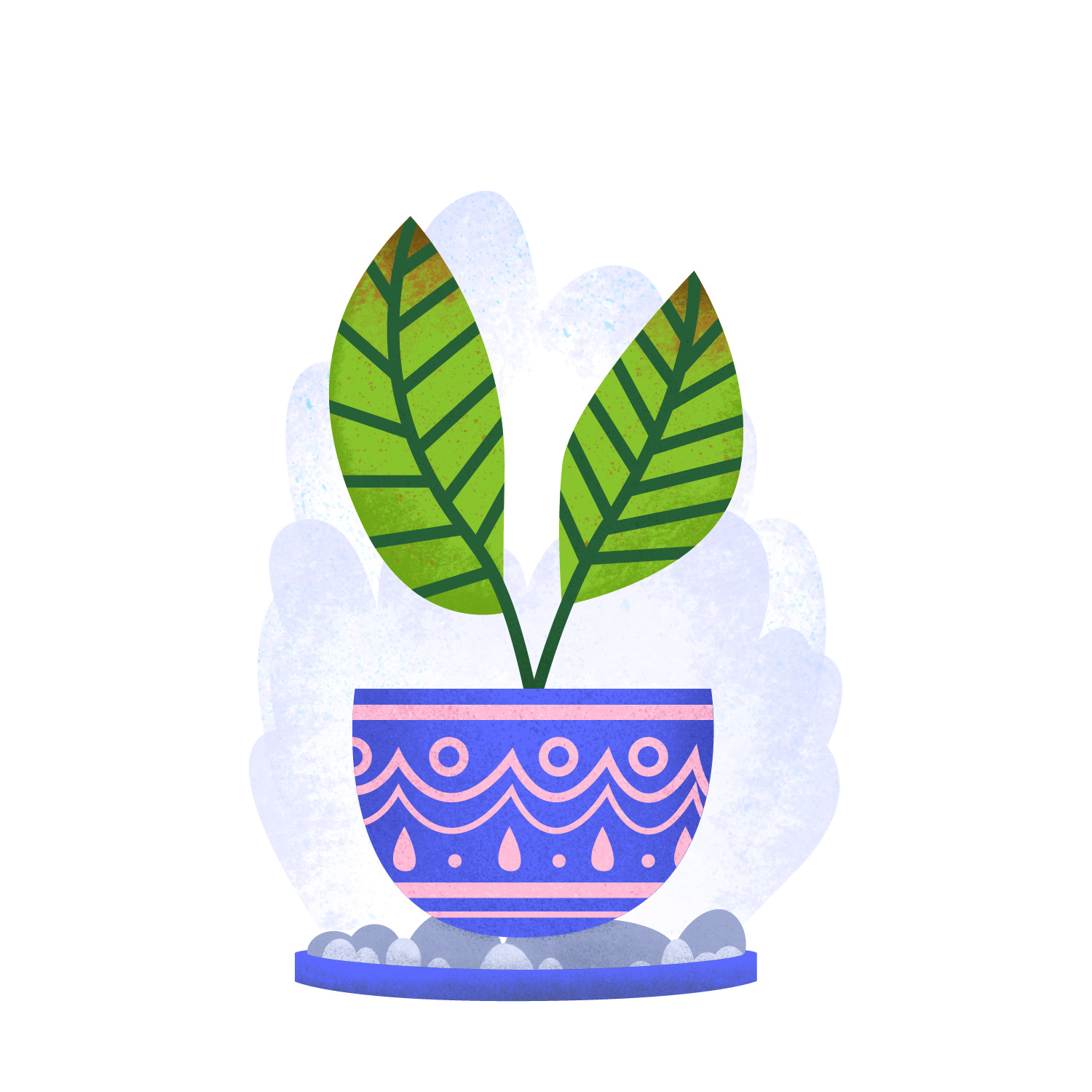A few years ago my friend said he wanted to get a dog. He had never had an animal in his life and didn’t seem like the type of guy who was capable of caring for one.
I teased him and insisted he get a potted plant instead, as I felt it might be a lower bar. “If you don’t kill the plant,” I assured, “then you can get a dog.”
He killed the plant and got the dog. Luckily the dog’s happier than ever; seems like he and the pooch made a better pair. The incident of course got me thinking: plants don’t come easily to a lot of us, and they are by no means equivalent to caring for an animal. It’s like the two categories—pets and plants—require slightly different orientations. Of course you can develop the sensitivity and sensibilities for both plant care and pet care—and many of us do. I’d check those two boxes myself, having grown up with both plenty of pets and plants; and especially now that I’m living with a plant-pecking foster hen (not necessarily recommended for city apartments)—and an inordinate number of plants—to the tune of 700 or so. (I know, ridiculously excessive, but it’s like paradise in apartment-form).
The reality is, however, that plants don’t communicate in the same way that pets do. Plants are more introverted, whereas pets are the extroverts of the household. A dog will let you know when she needs to go out—and if you fail to do so, you’ll likely wind up with a mess on the floor. Cats are a bit more sensible when it comes to these matters, as most are potty-trained. But I had a cat that would throw mail at me in the mornings if she didn’t get fed on time. Plants do no such thing. Or when they speak to us, they do so in their own quiet way.
Over the years I’ve learned to watch out for certain signals from my plants to learn what they’re telling me. Sometimes signs like a yellowing leaf or browning around the edges can mean multiple things, but you can often use process of elimination to get to the root of the matter (every plant pun intended). Here are some of the major signs and what to do about them:
- Wilted plant — plant is dehydrated. If it’s really flaccid, give it water immediately, but if it’s just starting to wilt, water it in the early morning hours with room temp water, as that is the best time of day to water plants.
Brown tips — plant is likely suffering from lack of humidity. Get the plant a humidifier, give it a pebble tray below with water, or create a plant huddle so the transpiration—or the evaporation of water from the plant’s leaves—can create a little more humidity in the surrounding atmosphere.
Leaf drop — plant is shocked. Leaf drop typically happens after transplanting, moving from one place to another, or taking from a high light to low light area. The plant needs to acclimatize to its current environment and sometimes this can take time.
Yellowing leaves, brown spots — plant is sunburned. If your plant is close to a window, particularly a window with a southern- or western-exposure, then it may be getting too much sun. Either pull the plant back from the window (even two feet can make a difference) or add a diaphanous shade to cut the light.
Yellow leaves at bottom — Yellow leaves can mean many things, but yellow leaves at the bottom of the plant can mean that it needs some fertilizer, or that the plant leaves are just getting old and dying back. Once the leaves turn brown, you can snip off; and if the leaves continue to turn yellow at a rapid rate, then give a balanced liquid fertilizer, like a 10-10-10, diluted by half while watering during the growing season (March - September).
- Yellow leaves (general) - Yellowing leaves that happen throughout the plant often means that the plant has been mismanaged in the watering department. You either watered it too much or too little, so try to get a sense of what your plant’s needs are and get it on a proper watering schedule.
This article first appeared on Free People's blog. Illustrations compliments of the talented Sophia Marie Pappas






